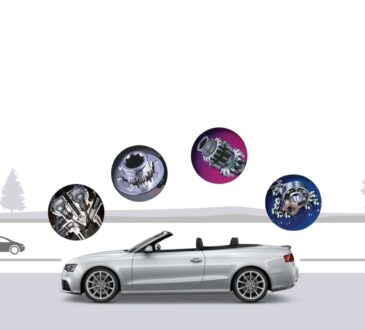
In the last twentieth century the primary reason for glass so far as transportation was concerned ended up being to shield the motive force and passengers from harsh winds. Horseless carriages were the first one to use glass in this way but the caliber of glass was hardly road friendly because it did not shield you from flying debris. The occupants from the vehicle were also under tremendous risk in case of any sort of accident because this glass wasn’t manufactured in a manner that would supply them complete protection if the object struck it.
The key to auto glass was happened upon around 1903 by French chemist Edouard Benedictus as he dropped a glass flask full of a dried collodion film. While carefully observing this fortunate accident he observed that glass coated using the film cracked but retained its original shape. The very first patent for safety glass was taken by him around 1909 where a sheet of celluloid was glued between two bits of glass. However, it had not been before the 1920’s this number of laminated glass could be implemented in vehicles. Other plastics are also attempted since that time but around 1936 polyvinyl butyral (PVB) was discovered to own a lot of safety-desirable qualities that it is use grew to become universal for output of vehicle windshields. The 2 major goals that vehicle makers attempted to attain with laminated glass were optimizing occupant safety during accidents and defense against projectiles during different driving conditions. Puncture resistance was the very first major feature from the early kind of laminated glass. The manufacturing procedure for this glass nowadays includes a thin layer of polyvinyl butyral (PVB) placed between two layers of solid glass. Glass manufacturers solely used this glass before the 1930’s until tempered glass was brought to the vehicle car windows manufacturing process. The procedure so it undergoes during manufacturing is how it gains its strength from.
The 1960’s resulted in a revolution in vehicle safety as vehicle makers grew to become more and more conscious that design was not only about looks. This awareness was mainly lower to Rob Nader’s campaign against vehicle manufacturers as well as their general desire not to put money into improving safety. It had been as a result of this the U.S. government created the nation’s Highway Traffic Safety Administration (NHTSA) in 1970.
Rules affecting various parts of vehicular safety including automotive glass happen to be implemented with this organization. Certain Federal Automobile Safety Standards range from the following:
• FMVSS 205 — This set obvious standards for window transparency and the effectiveness of glass needed to help keep occupants within the vehicle during accidents.
• FMVSS 212 –This standard started to make sure a particular degree of retention strength during accidents.
• FMVSS 216 — This legislation implemented a typical for roof rigidity in situation of the rollover.
• FMVSS 219 — This standard claims that no a part of most passenger vehicles can penetrate the windshield greater than 6 millimeters (.24 inches) inside a crash.



